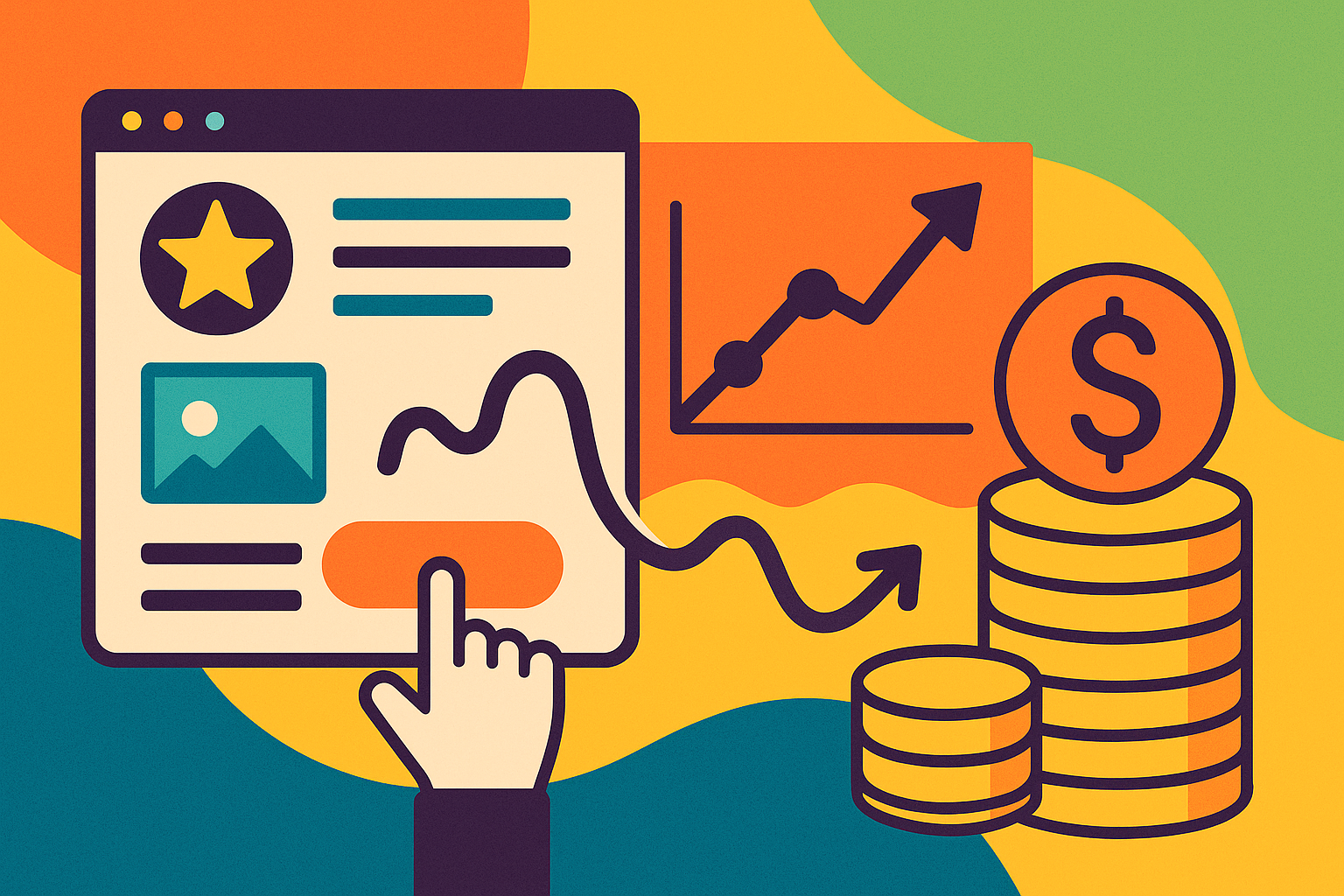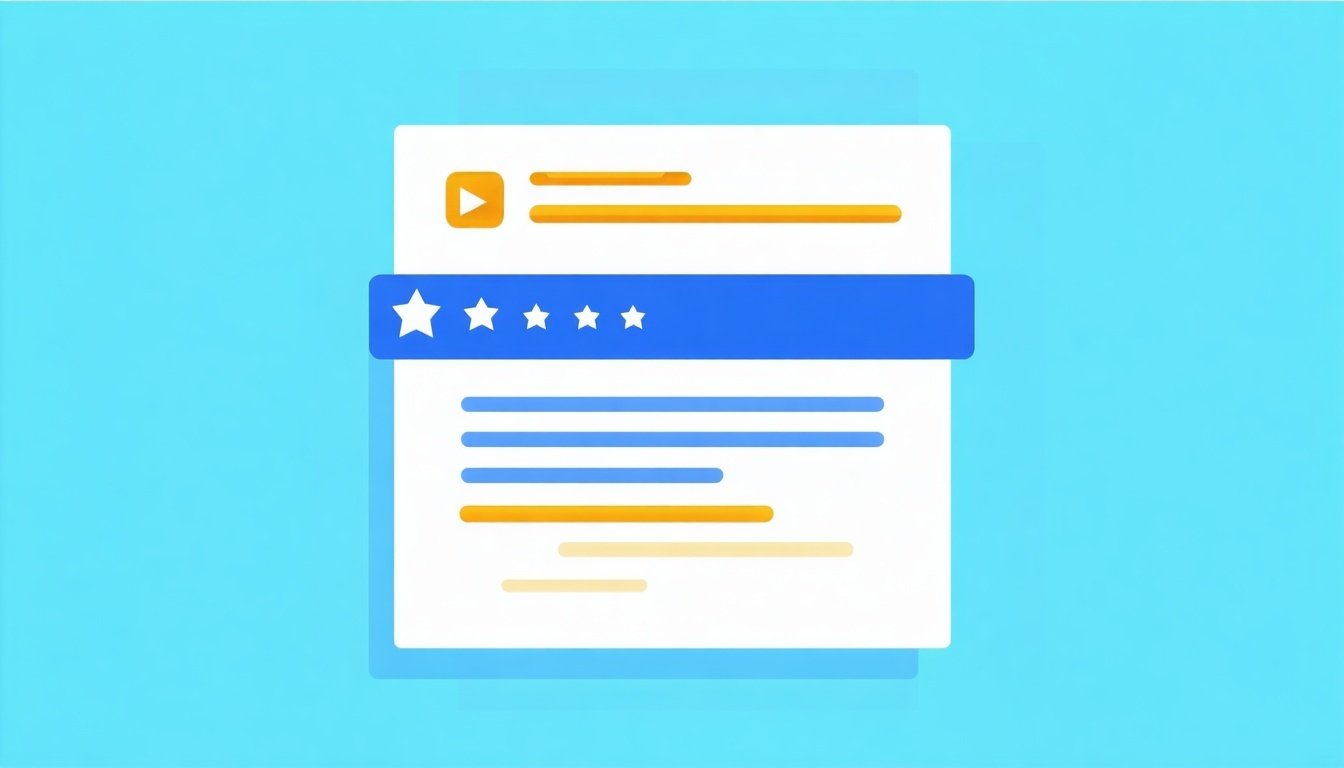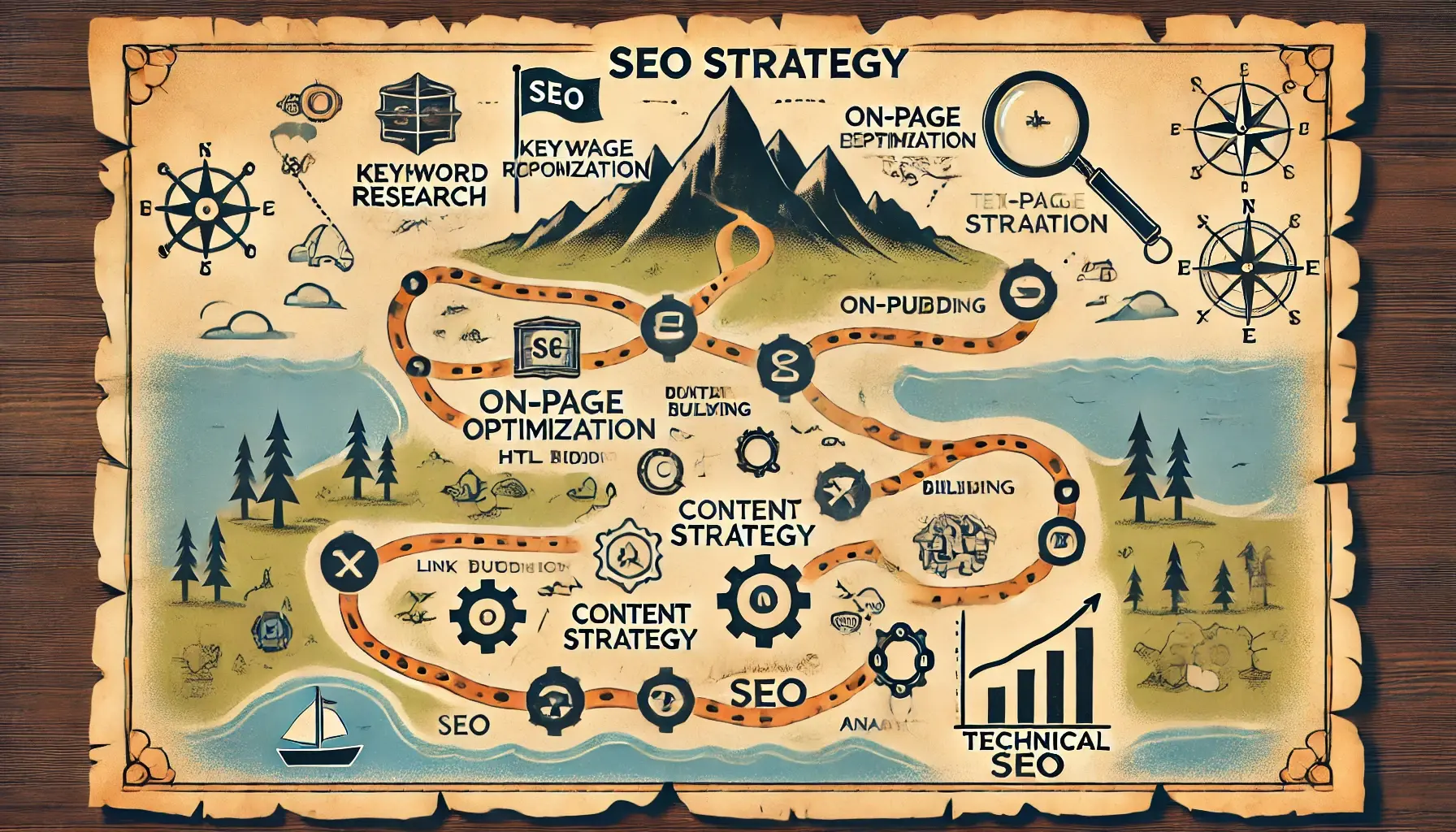Most businesses pour time and money into driving traffic - but never ask the critical question: what happens after the click?
At Theia Media, we’ve seen websites double their organic traffic while seeing little to no increase in sales or leads. The missing link is often a clear, intentional Conversion Rate Optimization (CRO) strategy that turns visitors into customers.
This guide walks you through a proven framework to make every page work harder. You’ll learn how to align your website with the buyer’s journey, build trust with your visitors, and increase your revenue - without needing more traffic.
Why CRO Is the Multiplier Behind SEO
Let’s say your site converts at 2.5%. You make a few changes and bump that to 3.5%. That’s a 40% increase in revenuewithout touching your traffic numbers. That kind of gain doesn’t require a full redesign or months of A/B testing - it just requires a more thoughtful approach to user experience.
These micro-conversions - small percentage gains - are often overlooked, but they’re one of the highest-leverage changes you can make.
Step 1: Benchmark Your Conversion Rate - Realistically
Before you optimize anything, you need a starting point. Conversion rates vary significantly by industry, offer type, and traffic source. For organic traffic specifically, here’s a general range we use:
- Professional Services: 2.5% - 3.5%
- E-commerce (non-branded): Up to 6.5% is excellent
- Events or Ticket Sales: 10 - 12% is possible due to high buyer intent
Instead of obsessing over averages, compare against your own historical performance and direct competitors. The goal is progress - not perfection.
Step 2: Build a Website Funnel That Mirrors the Buyer Journey
Most websites are a jumble of disconnected pages. But a high-performing site is structured like a funnel. Each page plays a role in moving the visitor closer to a specific outcome - whether it’s scheduling a consultation, signing up for a demo, or completing a purchase.
At Theia, we use a five-stage model to map content and UX to each phase of decision-making:
1. Align: Signal Relevance Instantly
Visitors should immediately feel like they’re in the right place. This could mean matching the search query with your headline or showcasing a solution visually above the fold.
2. Qualify: Show You Meet Their Needs
This is where you prove you offer what they’re looking for. That might mean highlighting features, capabilities, or service tiers relevant to their use case.
3. Validate: Back It Up
Use social proof, case studies, use cases, or client outcomes to demonstrate credibility. At this stage, visitors want reassurance that your claims are real.
4. Reassure: Remove Doubts
Add elements like testimonials, reviews, guarantees, trust badges, and affiliations. These serve as silent persuaders that increase conversion confidence.
5. Convert: Make the Next Step Obvious
Every page should guide users to an appropriate next action. Whether it’s a “Book a Call” button or a product page, the path should be frictionless and clear.
Step 3: Create Pages That Resonate - Not Just Inform
High-converting pages don’t just look good - they feel right to your ideal customer. That comes down to brand alignment, messaging clarity, and UX cohesion.
Clarify Your Brand Emotion
Before choosing a layout or writing a headline, decide how you want visitors to feel. Are you aiming for trust, innovation, comfort, excitement? That feeling should inform every design and copy decision.
Example:
One of our clients - a boutique law firm - wanted to convey professionalism and warmth. We used a calm color palette, soft visuals, and language that emphasized clarity and compassion. Conversions increased by 42%.
Define Detailed Personas
Go beyond generic labels like “small business owners.” Identify real archetypes: the cautious researcher, the time-starved executive, the skeptical buyer. Tailor your messaging to speak directly to each group’s needs and barriers.
Own Your Market Positioning
Use a quadrant model to determine where your brand fits. For example:
- Fast vs. Custom
- Low-Cost vs. High-Touch Service
Then, build messaging that plants your brand in the “top-right” - the intersection of your strengths and what matters most to your audience.
Build Visual Trust
Even small design choices can signal professionalism. Consider:
- Clean layout with intuitive hierarchy
- Responsive mobile design
- High-resolution imagery
- Fast load speeds
These details subtly signal “we’re a trustworthy, competent business” - without needing to say it.
Step 4: Optimize Site Speed to Protect Conversions
Page speed isn’t just a developer metric - it’s a conversion driver. Studies show that a delay of even 1 second can drop conversions by 20–30%. A delay of 3 seconds or more? You could lose half your visitors before they see your offer.
Use these tools to identify bottlenecks:
- Core Web Vitals (via Google Search Console): Real-world user speed and performance metrics
- Google Lighthouse: Chrome-based auditing for speed, SEO, accessibility, and UX
- Caching Tools (like NitroPack or WP Rocket): Easy wins for WordPress-based sites
Key things to fix:
- Large image files
- Render-blocking JavaScript
- Layout shifts (especially on mobile)
- Excessive animations or third-party scripts
Improving from a 5-second load to a 2-second load might seem small - but can make a dramatic difference in revenue.
Traffic Is Just the Start
Many businesses work tirelessly to drive more visitors - but without a CRO strategy, they’re leaking opportunity at every stage.
At Theia Media, we help companies bridge the gap between visibility and conversions. By focusing on practical UX improvements, aligned messaging, and conversion-focused site architecture, you can grow revenue without growing traffic.
Remember: it’s not just about getting visitors to your site. It’s about what they do once they get there.









